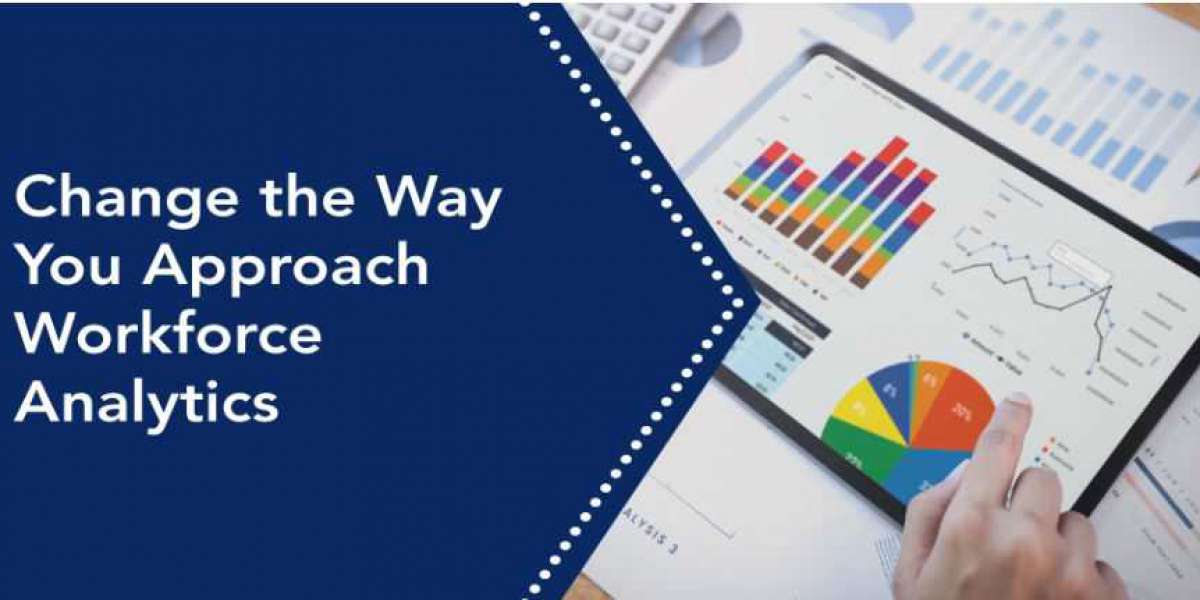Data has become integral to decision-making processes in today's fast-paced business environment. Organizations are constantly looking for ways to harness data to gain a competitive edge, which is where workplace analytics software comes into play. These tools allow businesses to tap into invaluable insights about their workforce, enabling them to make informed decisions and strategize effectively.
Understanding Workplace Analytics Software
To truly grasp the value and capabilities of workplace analytics software, we must dive deeper into its multifaceted functionalities and the benefits it brings to modern businesses.
- Comprehensive Data Collection: At the heart of any analytics tool is its ability to gather data. Workplace analytics software can source information from various platforms, emails, calendar appointments, collaboration tools, or wearable devices to gauge workforce activity and collaboration patterns.
- Behavioral Insights: Beyond numbers, some sophisticated workforce analytics tools can provide insights into employee behaviors. It helps understand how employees interact, collaborate, and contribute to their roles and the company's goals.
- Optimization of Workspaces: This software doesn't just look at the workforce; it can also analyze the work environment. Understanding how spaces (like meeting rooms or collaborative areas) are used.
- Trend Identification: One of the powerful aspects of this software is its ability to recognize trends over time. It could be peak productivity times, collaboration habits, or potential process bottlenecks.
- Enhanced Employee Engagement: When used responsibly and ethically, sharing analytics data with employees can foster a sense of ownership and accountability. Employees can understand their work patterns and identify areas for personal development.
- Benchmarking Capabilities: Comparing internal team performance metrics with industry benchmarks can provide organizations with a clear understanding of where they stand and what areas need attention.
- Risk Management: Workplace analytics can also act as a risk management tool by tracking unusual or erratic behavior patterns. It could range from identifying potential security breaches to understanding if an employee might be overwhelmed and at risk of burnout.
- Tailored Training and Development: With insights into team and individual performances, organizations can tailor their training and development initiatives to address specific needs, ensuring that efforts are targeted and effective.
- Integration with Other Systems: Many workplace analytics tools can integrate with HRIS, project management, and other organizational systems. Analyzing workforce productivity creates a more holistic view of the workforce, considering factors like leave, training, and project allocation.
- Customizable Dashboards: Most top-tier analytics software solutions offer customizable dashboards, enabling businesses to focus on metrics most pertinent to them. This personalized approach ensures that critical decision-makers can access the most relevant data.
By delving into these functionalities, it becomes evident that "https://www.prohance.net/prohancemodules.php">workplace analytics software is not just a mere data collection tool. It's a comprehensive solution that, when leveraged correctly, can revolutionize how businesses understand and manage their most valuable asset - their people.
Selecting the Right Workforce Analytics Tool
Given the myriad benefits, it's no wonder many organizations are keen to integrate a workforce analytics tool into their operations. However, choosing the right tool that aligns with an organization's unique needs is essential.
Here are a few things to consider when selecting a workforce analytics tool:
- Integration Capabilities: The tool should seamlessly integrate with other systems in the organization, such as HR systems, CRM, or ERP.
- User-friendly Interface: The software should be intuitive and easy to use, ensuring that even non-tech-savvy individuals can harness its power.
- Customizable Reports: Every organization is different, and the analytics tool should be flexible enough to generate reports tailored to specific needs.
- Data Security: Given the sensitive nature of workforce data, it's paramount that the chosen tool adheres to the highest standards of data security and privacy.
- Scalability: As businesses grow, their analytics needs might evolve. The chosen tool should be scalable to accommodate this growth without requiring a complete overhaul.
ProHance and its Edge in Workforce Analytics
ProHance is a comprehensive workforce analytics tool in the vast workplace analytics solutions. Here's how ProHance can be uniquely helpful to businesses:
- Holistic View: ProHance provides a 360-degree view of the workforce, capturing data from various sources and presenting it cohesively. It ensures that businesses get a complete picture, eliminating any blind spots.
- Advanced Analytics: Beyond essential data collection, ProHance offers advanced analytical capabilities, enabling businesses to delve deeper into workforce dynamics and uncover hidden patterns or trends.
- Seamless Integration: Recognizing the interconnected nature of modern businesses, ProHance is built to integrate seamlessly with various other systems. It ensures that data flow remains unhindered and insights are always based on the most recent data.
- User-centric Design: With its intuitive interface, ProHance ensures that all members of an organization, regardless of their technical expertise, can harness the power of workforce analytics tools.
- Future-ready: ProHance is continuously evolving, ensuring its users always have access to the latest analytics technology. Whether it's new data visualization techniques or predictive analytics algorithms, ProHance users are always at the cutting edge.
In conclusion, in this era dominated by data, having a reliable workforce analytics tool like "https://www.prohance.net/">ProHance can be a game-changer. It empowers businesses with the insights they need to optimize their workforce, drive efficiency, and ultimately achieve their organizational goals.








